The Game-Changing Device That’s Helping Me Get More Out of My Favorite Skin Care Products
This is a “sponsored post.” JeNu compensated FOF with an advertising sponsorship to write it. Regardless, we only recommend products or services that we believe will be helpful for
our readers. All insights and expressed opinions are our own. —Geri Brin
One of the great perks of my job is having the
chance to test all kinds of beauty products,
so I can report the results to you.
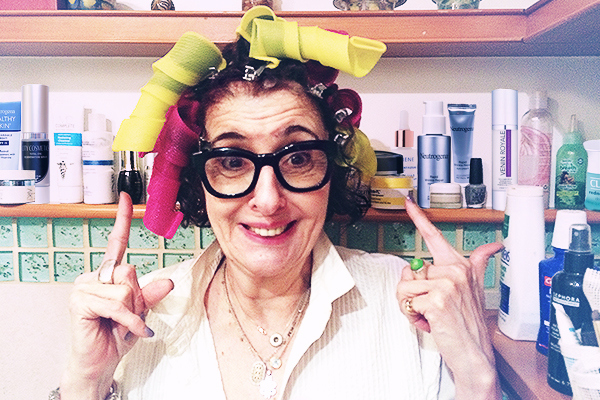
But when we’re faced with hundreds of brands in the stores and online, it’s no easy feat deciding which anti-aging serums, creams and lotions will best deliver on their promises, especially because so many of them make the same promises: Firm sagging skin, diminish brown spots, create an even complexion, and more.
Ingredients Do Matter…
What I’ve learned is that a handful of ingredients, including retinol, sunscreen and anti-oxidants, makes the difference between potent and weak skin care products. Retinol creates healthier cells, reduces the appearance of fine lines and wrinkles, lifts and firms the skin, moisturizes, softens, smoothes, and brightens the skin. Vitamin C is an antioxidant that makes skin more resilient to sun damage, can reduce brown spots and improve collagen production. And look for products that include a daily broad-spectrum sunscreen that’s rated SPF 30 or greater.
Two brands I’ve recently tested that showed excellent results are Neutrogena Rapid Wrinkle Repair and the MD Complete skincare system. Both lines include pure retinol.
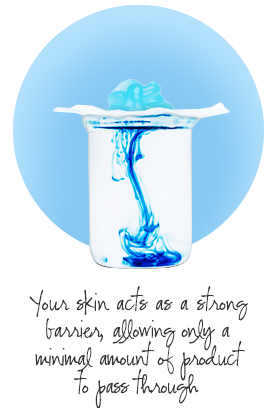
…But Only If Your Skin Can Absorb Them
I love knowing that I’m using great skin care products—with actual science to support their merits—to maintain the health and beauty of my complexion. I’ve learned, however, that I’ll never get optimal results from even the best products, because they usually sit atop the skin and evaporate before finishing their jobs.
Basically, our skin acts as a barrier, one of its primary functions. It keeps the outside world out just as well as it holds everything in. So the common approach of slathering skin care products on a cleansed face with our fingers doesn’t let our skin absorb them as well as it should.
Triple The Return On Your Skin Care Product Investment
The Easy Way

We can help our skin to better absorb the products we apply by using a variety of methods—but most of them are expensive, painful, and require “downtime.” Thankfully, there’s also an easy, at-home option, that I started using about two months ago: the JeNu Ultrasonic Infuser, which is getting rave reviews from magazines like Vogue and Elle, as well as from a renowned dermatologist, Dr, R. Sonia Batra, who also is a regular on the hit show, The Doctors. You can add my rave review to the rest.
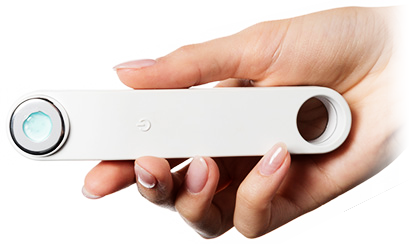
This sleek little handheld device leverages the power of ultrasound energy to give your favorite treatment products the push they need to really perform
—and it’s backed by solid data.
During a recent study—where 160 women used over 200 different products from 80 different brands, ranging from Olay to La Mer—81% reported their products worked better when using them with JeNu vs alone. Meanwhile, 84% of them reported a decrease in the look of fine lines and wrinkles around the eyes, forehead and mouth.
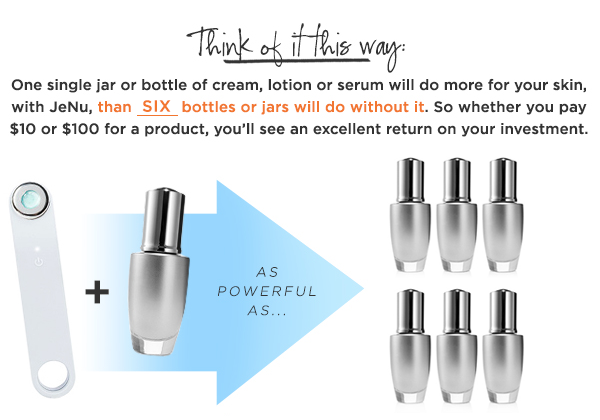
On average, the JeNu system is proven to triple the absorption of leading skin care ingredients, so they have the power to work six times better.
Voila, The Beautiful Results!
It’s a cinch to use JeNu, and it takes NO extra time in my skincare routine. First, I apply my moisturizers and serums, as usual. Then I add a pearl-sized drop of exclusive “conducting gel” to the smooth metal head of the small, sleek wand, turn it on, and run it over a section of my face, a minute at a time. The ultrasound energy transfers through special microspheres (hollow miniscule spheres of protein) in the gel, helping my skin to completely absorb my skincare products.

If you can’t wait to experience the powers of JeNu, as I have, you’re in luck. Right now, there’s a limited time offer, and it’s such a good one, we have a feeling it won’t last.

Plus get FREE GIFTS, FREE SHIPPING and a 30-day MONEY BACK GUARANTEE with your purchase today!



 I’m also not a fan of the anorexic look at Joan’s age. (One fashion writer called her “cigarette thin.”)
I’m also not a fan of the anorexic look at Joan’s age. (One fashion writer called her “cigarette thin.”)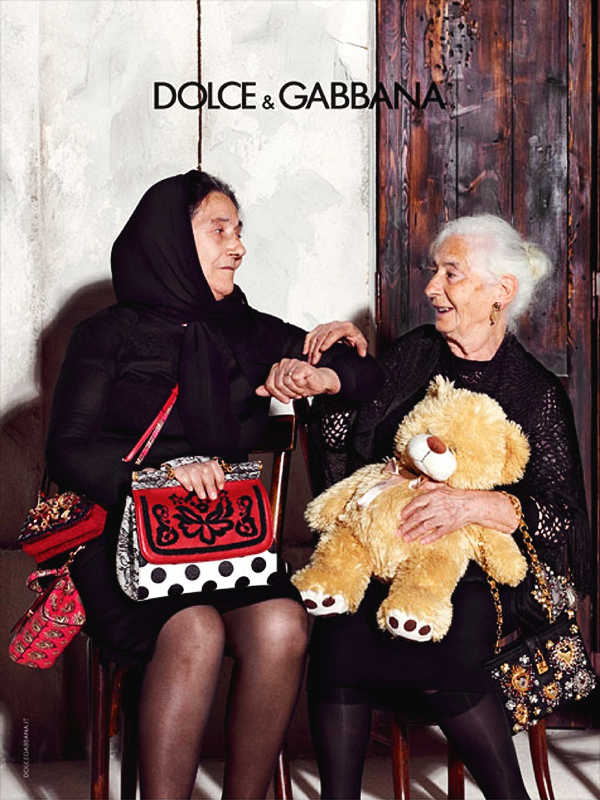
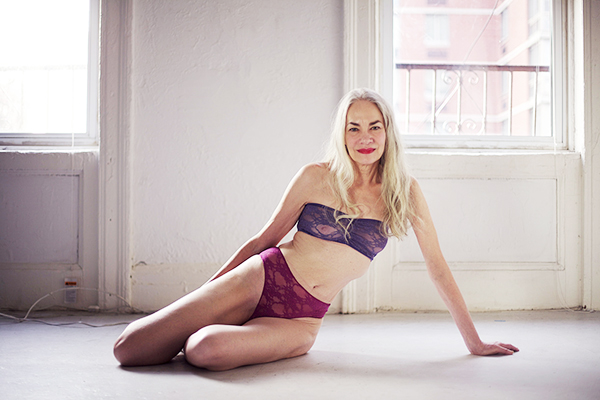
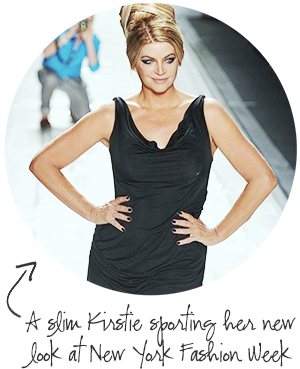
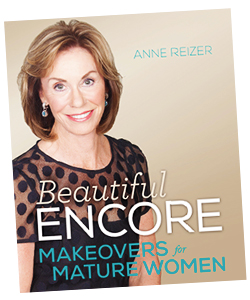
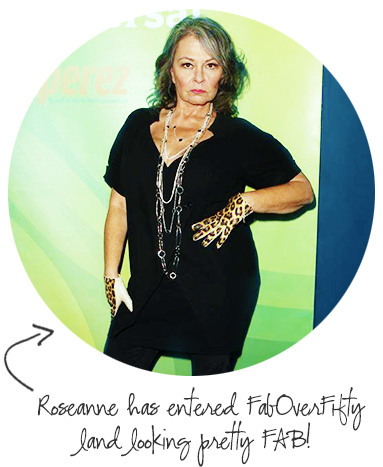 to give up—to let apathy dictate that we let go of our curiosity and our commitment to looking good?”
to give up—to let apathy dictate that we let go of our curiosity and our commitment to looking good?”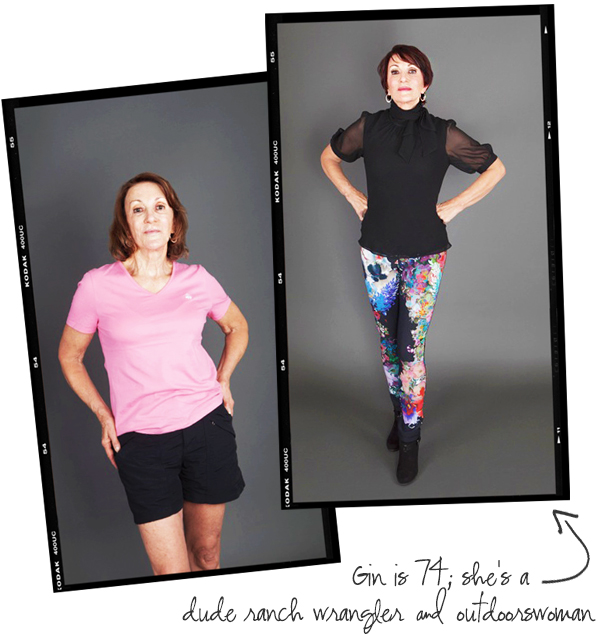
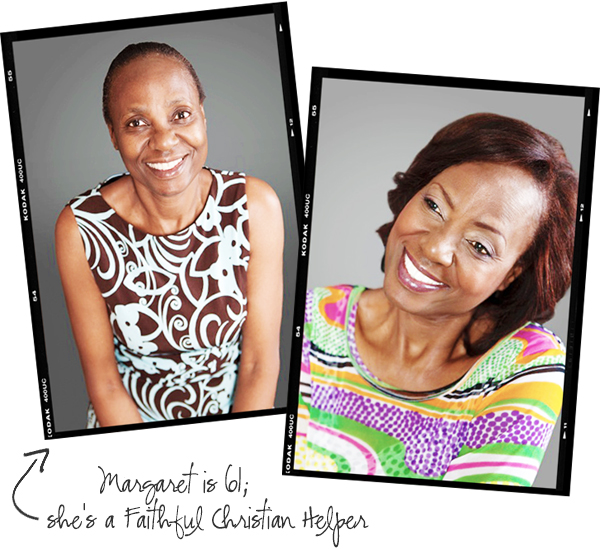


 and if you want to keep them, I say “knock yourself out.” As the French philosopher, Voltaire, said: “I don’t agree with what you say, but I’ll defend to the death your right to say it.”
and if you want to keep them, I say “knock yourself out.” As the French philosopher, Voltaire, said: “I don’t agree with what you say, but I’ll defend to the death your right to say it.”
 After examining my thinning tresses, she explained that she could create a hand-made piece, made of genuine hair, that could be sewn into my own hair or attached with clips (there are pros and cons to either method); washed with regular shampoo, and dried and styled with a blow dryer. Elline and I discussed the most flattering length, texture and style; the cost, and how frequently I’d need to return to her salon to have the piece adjusted if I chose the sewn-in method, since it would loosen as my own hair grew.
After examining my thinning tresses, she explained that she could create a hand-made piece, made of genuine hair, that could be sewn into my own hair or attached with clips (there are pros and cons to either method); washed with regular shampoo, and dried and styled with a blow dryer. Elline and I discussed the most flattering length, texture and style; the cost, and how frequently I’d need to return to her salon to have the piece adjusted if I chose the sewn-in method, since it would loosen as my own hair grew.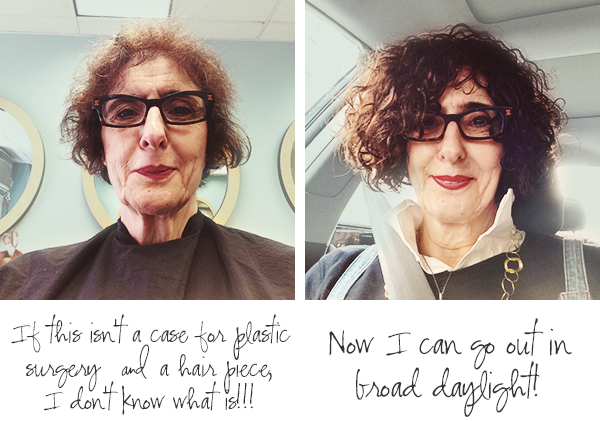

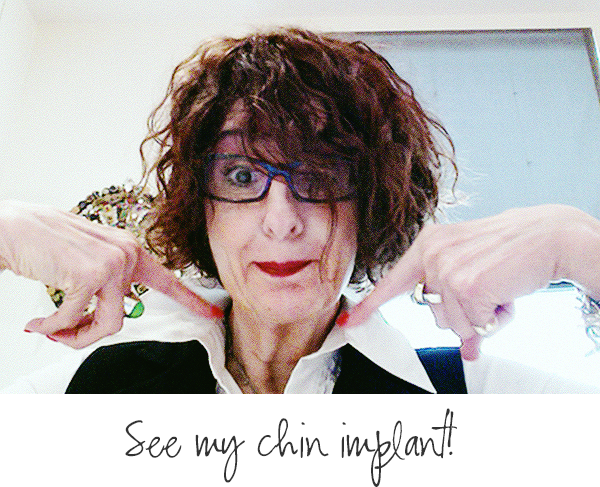 step-out-of-my-comfort-zone-moves I ever made.
step-out-of-my-comfort-zone-moves I ever made. with Dr. Seckel by
with Dr. Seckel by 
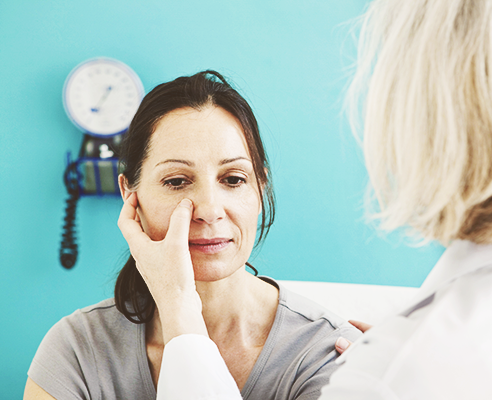
 Their local surgeons are offended that they went there, so they’re reluctant to see the patient once there are problems.
Their local surgeons are offended that they went there, so they’re reluctant to see the patient once there are problems.




